✓ Joining us on our Whatsapp Channel: 💬 Explore and Escape!.
Booking through us:
✓ 🏩 🛌 Handpicked Luxury Stays in Budget: Booking.com | Agoda.com
✓ 🍹⛱️ Deals on Private xfers, SIM Cards, City tours, Day trips : 📍🗺️ GetYourGuide | 🛵🧳 Klook
There are great many landmarks in South America, and so are in New South Wales
Nestled amidst picturesque vistas and rugged terrains, New South Wales boasts of some of the most breathtaking natural landmarks in the world.
From majestic mountains and verdant valleys to cascading waterfalls and sun-kissed beaches, the state’s natural wonders offer a surreal escape to travellers and nature enthusiasts alike.
With each landmark exuding a unique charm and allure, exploring New South Wales’ natural beauty promises to be an unforgettable experience that even the most avid travellers will cherish for a lifetime.
Without further ado listed below are some of the most famous natural landmarks in New South Wales:
1. Blue Mountains National Park
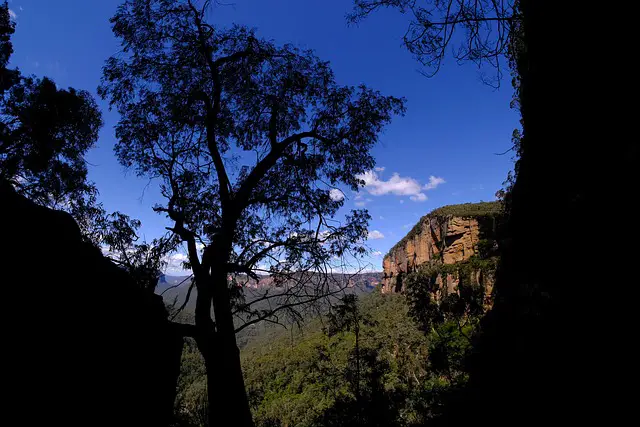
Blue Mountains National Park is a protected wilderness area located in New South Wales, Australia. It is a World Heritage site and one of the most popular tourist destinations in the country.
What to see or do: Take a scenic drive along the Great Western Highway and stop at the various lookout points to admire the panoramic views of the valleys, waterfalls and cliffs.
Don’t miss: Katoomba, a charming town in the heart of Blue Mountains with a vibrant arts and craft scene.
Insider travel tips: Avoid visiting during school holidays and weekends, as the park can get very crowded.
2. Jenolan Caves
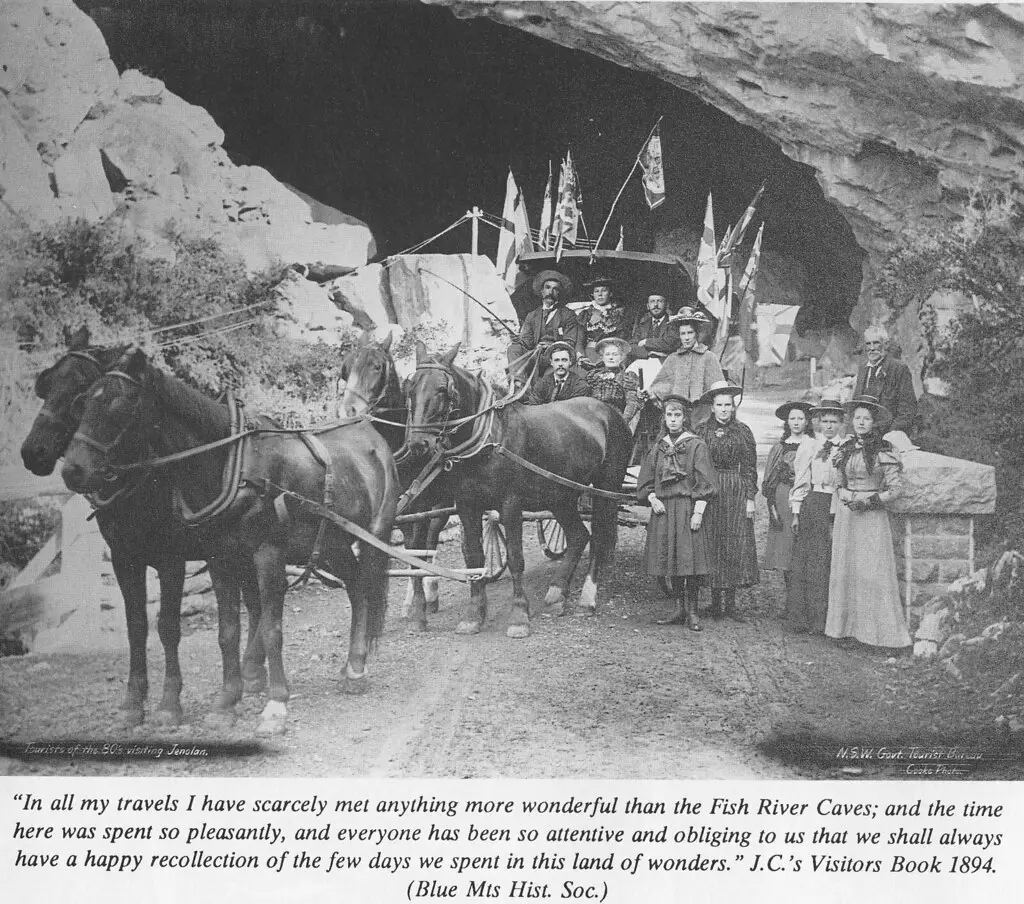
Jenolan Caves is a cave system located in the Blue Mountains of New South Wales, Australia. It has a network of 11 show caves that are open to visitors.
What to see or do: Explore the vast underground cave system and admire the stunning formations and sparkling crystals. Take a guided tour of the caves and learn about their history and geology. You can also go bushwalking, birdwatching, or wildlife spotting in the surrounding Jenolan Karst Conservation Reserve.
Don’t miss: The Orient Cave, with its beautiful calcite formations, and the Lucas Cave, which has the largest underground chamber in the southern hemisphere. The underground River Cave tour also offers a unique experience.
Insider travel tips: Book your cave tour in advance, especially during peak seasons. Wear comfortable shoes and warm clothing, as the caves can get chilly. The Jenolan Caves House offers accommodation and dining options, making it easy to explore the caves at your own pace.
3. Mount Kosciuszko

Mount Kosciuszko is the highest peak in mainland Australia, standing at 2,228 metres above sea level. Located in the Snowy Mountains of New South Wales, it is a popular destination for hiking and skiing.
What to see or do: Visitors can take the hiking trail to the summit, which offers stunning panoramic views of the surrounding mountains and valleys. In winter, the mountain is a hub for skiing and snowboarding, with various ski resorts in the area.
Don’t miss: Make sure to take a break at Rawson Pass, the saddle between Mount Kosciuszko and Mount Townsend. Here, you can see the stunning glacial lakes of Blue Lake and Lake Cootapatamba.
Insider travel tips: – To avoid crowds, visit in the shoulder seasons of spring and autumn.
4. Snowy Mountains
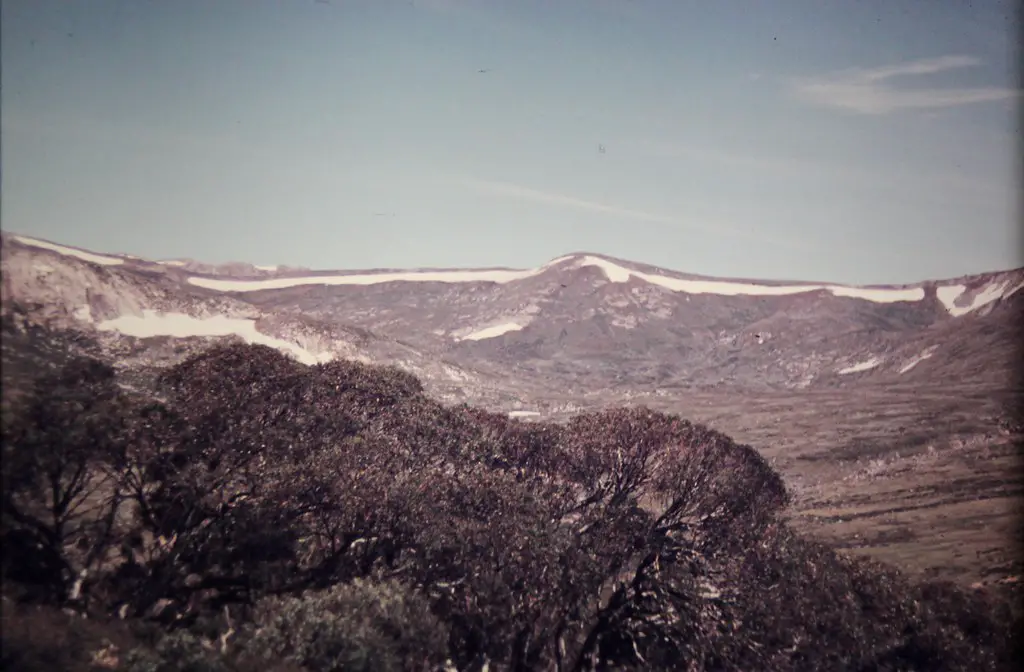
The Snowy Mountains, also known as the Snowies, are a mountain range located in the southeastern part of New South Wales, Australia. The range contains Australia’s highest peak, Mount Kosciuszko, which stands at 2,228 meters.
What to see or do: The Snowy Mountains are a popular destination for winter sports enthusiasts, with several ski resorts located in the area. In the summer months, visitors can enjoy hiking, mountain biking, and fishing in the numerous rivers and lakes that dot the landscape.
Don’t miss: A visit to Mount Kosciuszko, which offers breathtaking views of the surrounding mountains and valleys. The Snowy River is also a popular spot for fishing and whitewater rafting.
Insider travel tips: Be sure to pack warm clothing, as temperatures can drop significantly in the winter months. If you’re planning on visiting the ski resorts, book your accommodations well in advance to avoid disappointment. For a unique experience, take a guided tour of the Snowy Mountains Hydroelectric Scheme, which harnesses the power of the mountains to generate renewable energy.
5. Lord Howe Island

A crescent-shaped volcanic remnant in the Tasman Sea, 600 km off the coast of mainland Australia, that is a protected UNESCO World Heritage site with clean turquoise waters and lush subtropical forests.
What to see or do: Take a hike up Mt. Gower for breathtaking views, snorkel or scuba dive among the vibrant coral reefs, visit the eerie Ball’s Pyramid offshore, and relax on the pristine beaches.
Don’t miss: A guided tour through the forests to glimpse rare and endemic wildlife such as the Lord Howe Island stick insect, birdwatching at the bird sanctuary, and enjoying a sunset cruise on the stunning lagoon.
Insider travel tips: Book accommodation and activities in advance as there are limited options available. Pack appropriate clothing for hiking and water activities. And don’t forget to respect the island’s delicate ecosystem by following eco-friendly practices.
6. Mungo National Park
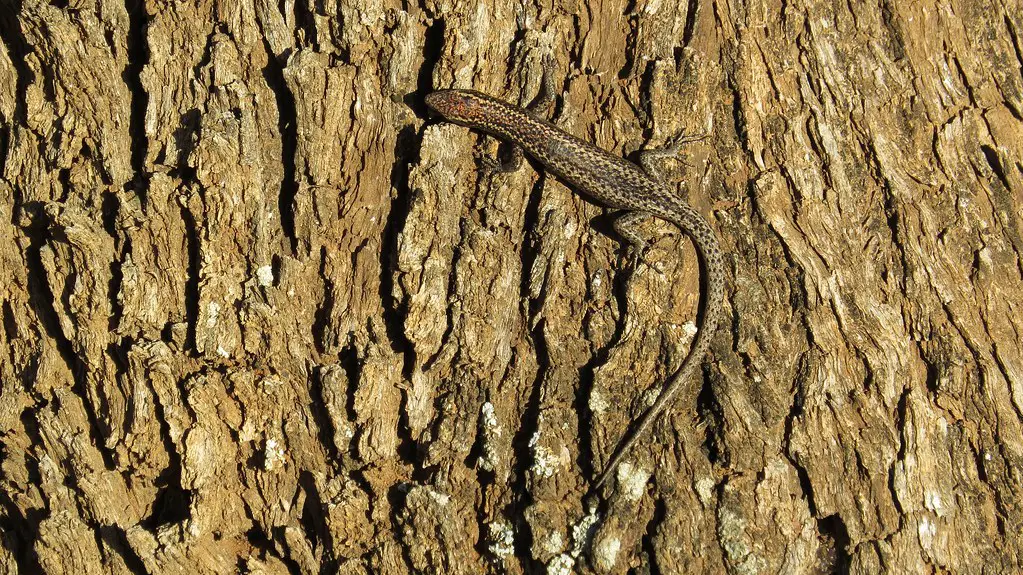
Mungo National Park is a UNESCO World Heritage-listed park in New South Wales, Australia. It is a significant site for its cultural, archaeological and spiritual importance to the Aboriginal people.
What to see or do: Take a guided tour of the park’s iconic formation, the Walls of China
Don’t miss: Don’t miss the chance to see the 40,000-year-old human footprints preserved in the sand dunes at Mungo National Park.
Insider travel tips: Visit in autumn or spring for the most pleasant weather conditions
7. Royal National Park

Royal National Park is a protected national park located in New South Wales, Australia. It is the second oldest national park in the world.
What to see or do: – Take a scenic drive through the park
Don’t miss: – The stunning views from the park’s many lookouts, including Bald Hill and Wedding Cake Rock
Insider travel tips: – Bring plenty of water, especially if you plan on hiking
8. Mount Warning

Mount Warning is a 1,156 meters high volcanic plug located in the hinterland of the Northern Rivers region of New South Wales.
What to see or do: Visitors can hike to the summit to catch a breathtaking sunrise over the Pacific Ocean. The 8.8 km return hike is moderately challenging and takes about 4-5 hours to complete.
Don’t miss: The spectacular 360-degree panoramic views from the summit at dawn is a must-see. The summit is the first place on the Australian mainland to see the sunrise each day.
Insider travel tips: Visitors should bring warm clothing, sturdy shoes, and plenty of water for the hike. The trail can become slippery in some sections so it’s best to exercise caution. It’s also important to note that it is a sacred site to the indigenous Bundjalung people, so visitors are asked to respect the area and not climb the summit if it’s closed due to cultural reasons.
9. Yengo National Park
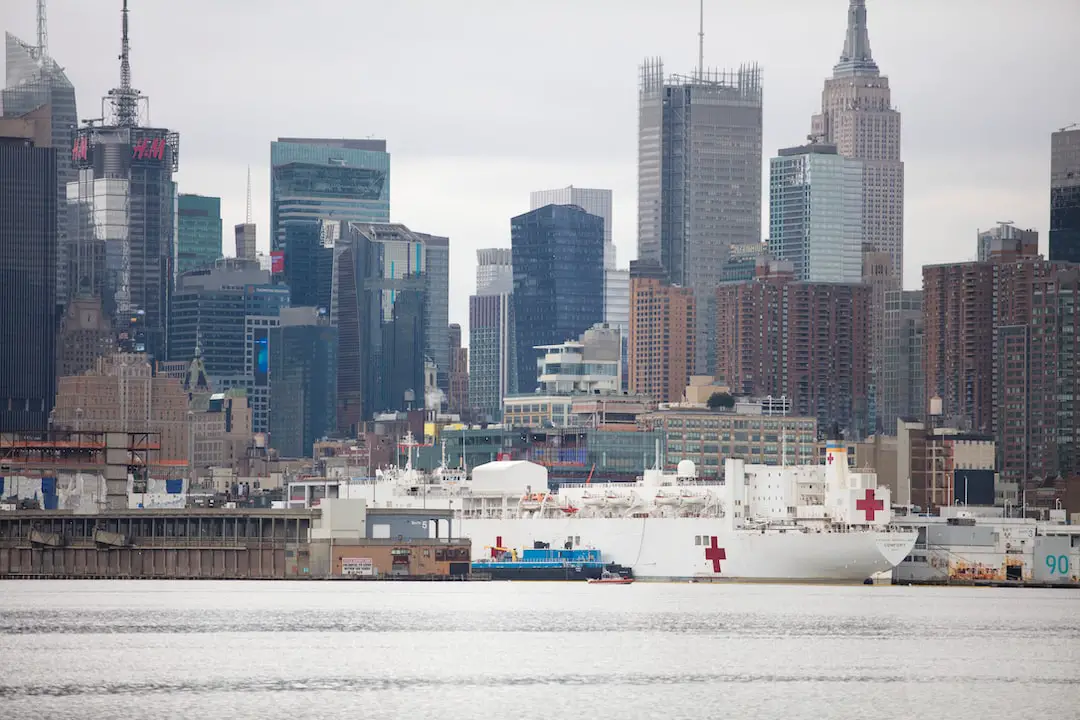
Yengo National Park is a vast and rugged wilderness area located in the Hunter Valley region of New South Wales.
What to see or do: Explore the park’s stunning natural features, including deep canyons, roaring waterfalls, and soaring sandstone cliffs. Hike along the park’s many trails, go mountain biking, or enjoy a scenic drive through the park’s rugged landscape.
Don’t miss: The towering rock formation known as the Bulga Koori Rock Art Site, which features an impressive collection of ancient indigenous rock paintings.
Insider travel tips: Consider staying overnight at one of the park’s many secluded and picturesque campsites, or book a cabin stay for a more comfortable wilderness experience. Be sure to bring plenty of water, as the park’s remote location means that water sources can be scarce.
10. Warrumbungle National Park

Warrumbungle National Park is a wilderness area in New South Wales, Australia known for its stunning volcanic rock formations, bushwalking trails, and rich biodiversity.
What to see or do: – Explore the Breadknife and Grand High Tops Walk, a challenging hike through the park’s signature rock formations.
Don’t miss: – Watching the sunrise or sunset over the park’s rugged peaks.
Insider travel tips: – Warrumbungle National Park can get very hot in the summer months, so be sure to bring plenty of water and sun protection.
11. Myall Lakes National Park

Myall Lakes National Park is a protected area in New South Wales, Australia, known for its series of coastal lakes and beaches, scenic walking tracks, and diverse wildlife.
What to see or do: Visitors can explore the park’s five interconnected freshwater lakes by kayak or canoe, relax on its stunning sandy beaches, and enjoy a wide range of water activities such as fishing, swimming, and boating. Hiking enthusiasts can take on the park’s walking trails, including the 9km Myall Lakes coastal walk offering breathtaking views of the coastline. The park also offers camping sites, picnic areas, and barbecue facilities.
Don’t miss: The expansive Myall Lakes system with crystal-clear waters is the highlight of the national park. One can witness the stunning lake reflections, the diverse birdlife species and, during whale season, it’s a great vantage point to see whales breach in the distance.
Insider travel tips: – If you want to spot wildlife such as kangaroos and wallabies, plan to visit Myall Lakes National Park early in the morning or late in the afternoon.
12. Bouddi National Park
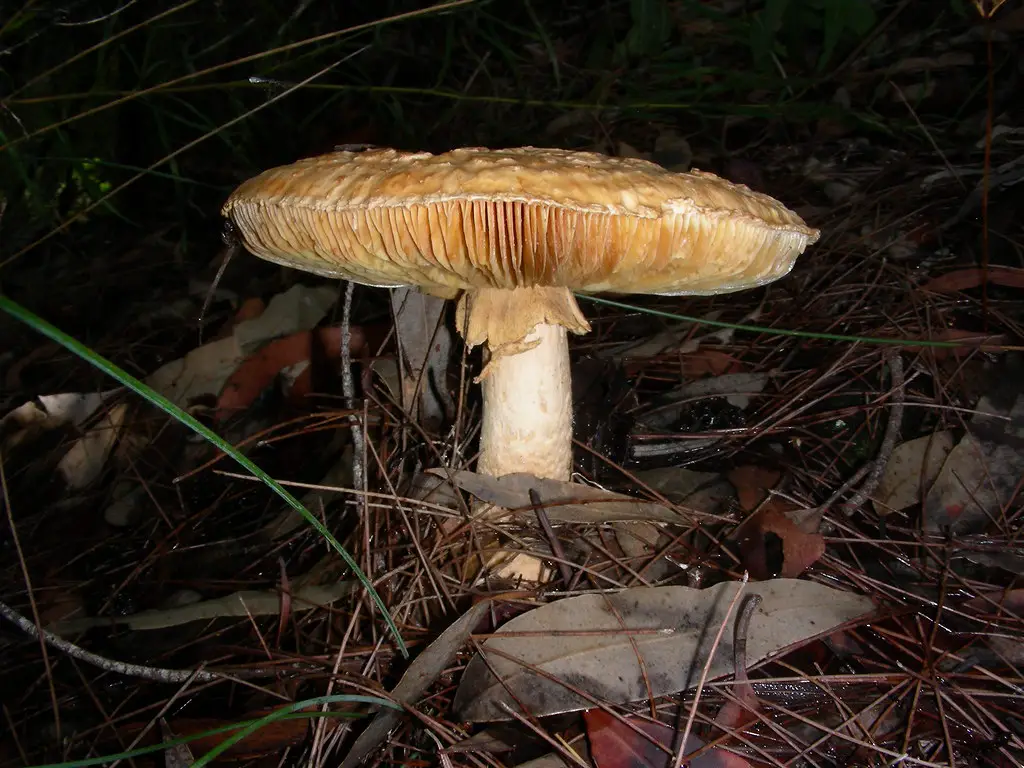
Bouddi National Park is a beautiful coastal park located in New South Wales, Australia.
What to see or do: – Enjoy the scenic coastal hikes along the Bouddi Coastal Walk.
Don’t miss: – The breathtaking views from Gerrin Point Lookout.
Insider travel tips: – Bring plenty of water and sunscreen as there are limited facilities within the park.
13. Cape Byron

Cape Byron is the easternmost point of mainland Australia, located near the town of Byron Bay in New South Wales.
What to see or do: – Enjoy stunning coastal views and a scenic lighthouse walk.
Don’t miss: – A visit to the iconic Cape Byron Lighthouse, which offers panoramic 360-degree views.
Insider travel tips: – Plan your visit during the whale watching season (June-November) for the chance to see humpback whales.
14. Hunter Valley

A renowned wine region located 2 hours north of Sydney, New South Wales.
What to see or do: – Wine tasting at various vineyards, including Smudge Wines, Brokenwood, and Tyrrell’s Wines.
Don’t miss: – The Hunter Valley Wine & Food Festival held annually from May to June.
Insider travel tips: – Rent a bike to explore the vineyards and to get some exercise between tastings.
15. Wollemi National Park

Wollemi National Park is a vast wilderness area located in New South Wales, Australia. It is home to some of the world’s most unique flora and fauna and boasts spectacular landscapes, including deep canyons, towering cliffs, and dense forests.
What to see or do: Explore the Wollemi Wilderness Area, which is one of the park’s most popular spots. Hike along trails that wind through lush forests and rugged terrain. Marvel at the ancient Wollemi Pine, one of the world’s oldest and rarest plants. Enjoy scenic views of the Blue Mountains, and take in the beauty of the Colo River, which flows through the park.
Don’t miss: The Glow Worm Tunnel is a must-see attraction in the park. Take a short hike to the tunnel, and witness the mesmerizing glow of the worms, which light up the dark cavern.
Insider travel tips: – Pack plenty of water and snacks, as the park is remote, and supplies are limited.
16. Kiama Blowhole
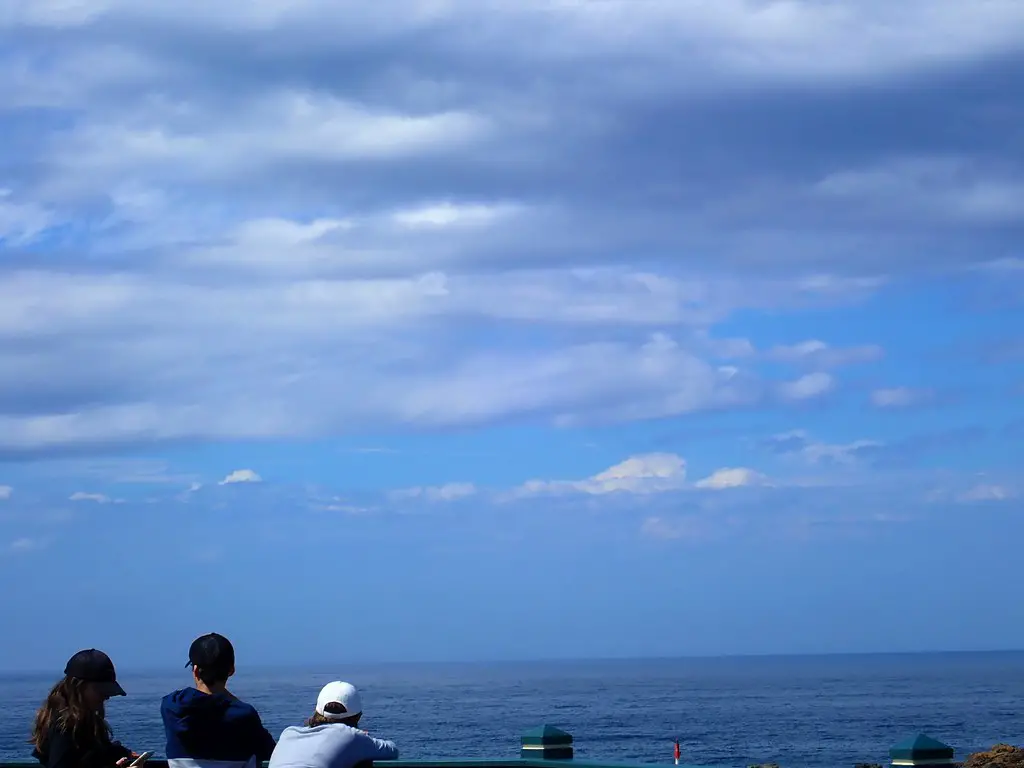
The Kiama Blowhole is a natural rock formation that sprays seawater high into the air when the sea waves rush into the cavity beneath the rocks.
What to see or do: You can watch the mesmerizing views of the water spraying up to 25 meters in the air from various viewing platforms close to the blowhole. It is a great spot for photography and nature lovers.
Don’t miss: The famous ‘Little Blowhole’ which is about a 10-minute drive from the Kiama Blowhole. It is smaller than the main blowhole, but still an impressive sight to watch tidal movements as it create a delightful water show.
Insider travel tips: Visit during high-tide for the best viewing experience.
17. Minyon Falls
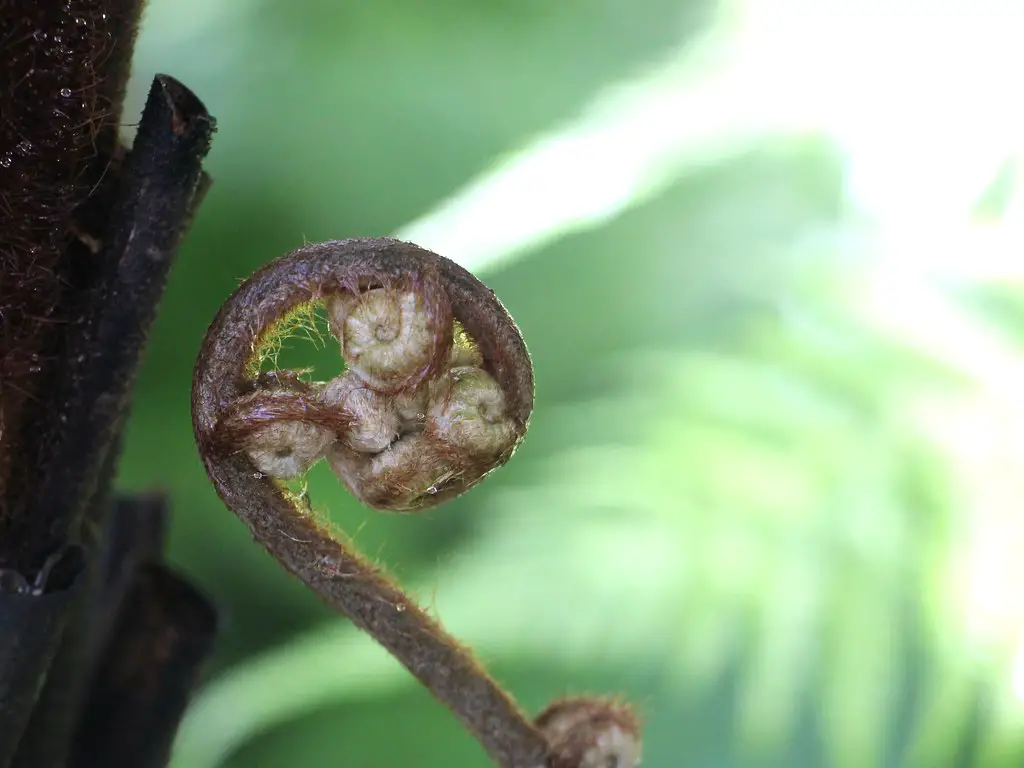
Minyon Falls is a breathtaking waterfall located in Nightcap National Park, New South Wales.
What to see or do: Visitors can enjoy a scenic hike through the rainforest to reach the waterfall lookout, which offers stunning views of the 100-meter waterfall and the surrounding wilderness.
Don’t miss: Be sure to bring along a picnic basket and enjoy a meal with a view at one of the designated picnic areas.
Insider travel tips: For a more adventurous visit, consider taking a guided tour that includes abseiling down the waterfall or exploring the nearby mountain biking trails. Plan your visit in the morning or late afternoon to avoid the crowds and catch the best lighting for photos. And don’t forget to wear comfortable shoes for the walk to the waterfall lookout.
18. Mount Tomah Botanic Garden
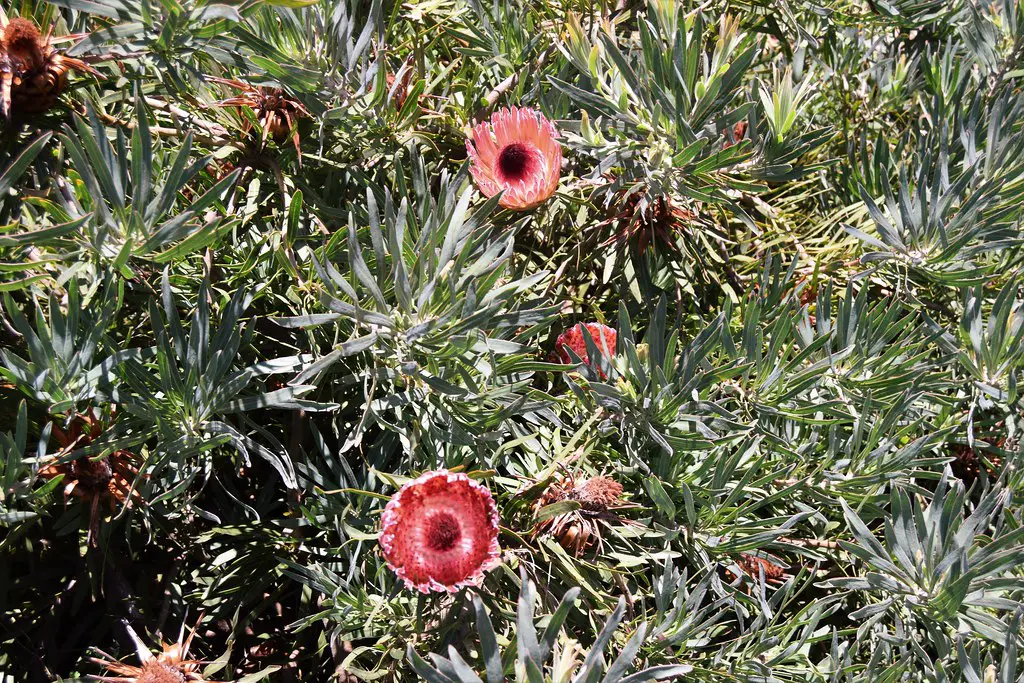
Mount Tomah Botanic Garden is a stunning garden located in the Blue Mountains region of New South Wales, Australia.
What to see or do: The garden is home to a diverse range of plants and landscapes, including rare and endangered species from around the world. Visitors can explore the various themed sections of the garden, such as the formal garden, the rainforest walk, and the bog garden. There are also several trails for hiking and birdwatching.
Don’t miss: Be sure to visit the Wollemi Pine Grove, where you can see living examples of one of the world’s oldest and rarest tree species. The greenhouse is also a must-see, with its collection of rare orchids, carnivorous plants, and other exotic species.
Insider travel tips: The garden can get quite chilly, even in summer, so be sure to bring warm clothing. The on-site restaurant offers fresh and delicious meals, and picnicking is also allowed in designated areas. Check ahead for any guided tours or special events that may be taking place during your visit.
19. The Three Sisters

The Three Sisters is a rock formation located in the Blue Mountains of New South Wales, Australia. It is a major tourist attraction and a symbol of the region’s natural beauty.
What to see or do: Take in the panoramic views of the Blue Mountains and the Jamison Valley from the Three Sisters lookout. Take a scenic cable car ride, hike or take the scenic railway to discover the stunning surroundings of the Three Sisters.
Don’t miss: Don’t miss the chance to witness the Three Sisters’ changing colors as the sun rises and sets. The Aboriginal Dreaming legend behind the formation of the Three Sisters is also a must-learn.
Insider travel tips: Arrive early in the morning or late in the afternoon to avoid crowds and fully enjoy the breathtaking view. Take the Giant Stairway hike to witness the Three Sisters up close, but note that the climb can be challenging. Don’t forget to bring water and sunscreen during the warmer months as it can get hot and sunny.
20. Lake Macquarie

Lake Macquarie is the largest coastal saltwater lake in Australia, located in the Hunter Region of New South Wales.
What to see or do: – Relax and unwind on one of the 30 beaches that surround the lake.
Don’t miss: – Taking a scenic flight over the lake for breathtaking panoramic views.
Insider travel tips: – Bring a picnic and enjoy a lakeside lunch or dinner at one of the many parks and reserves in the area.
21. Werri Beach
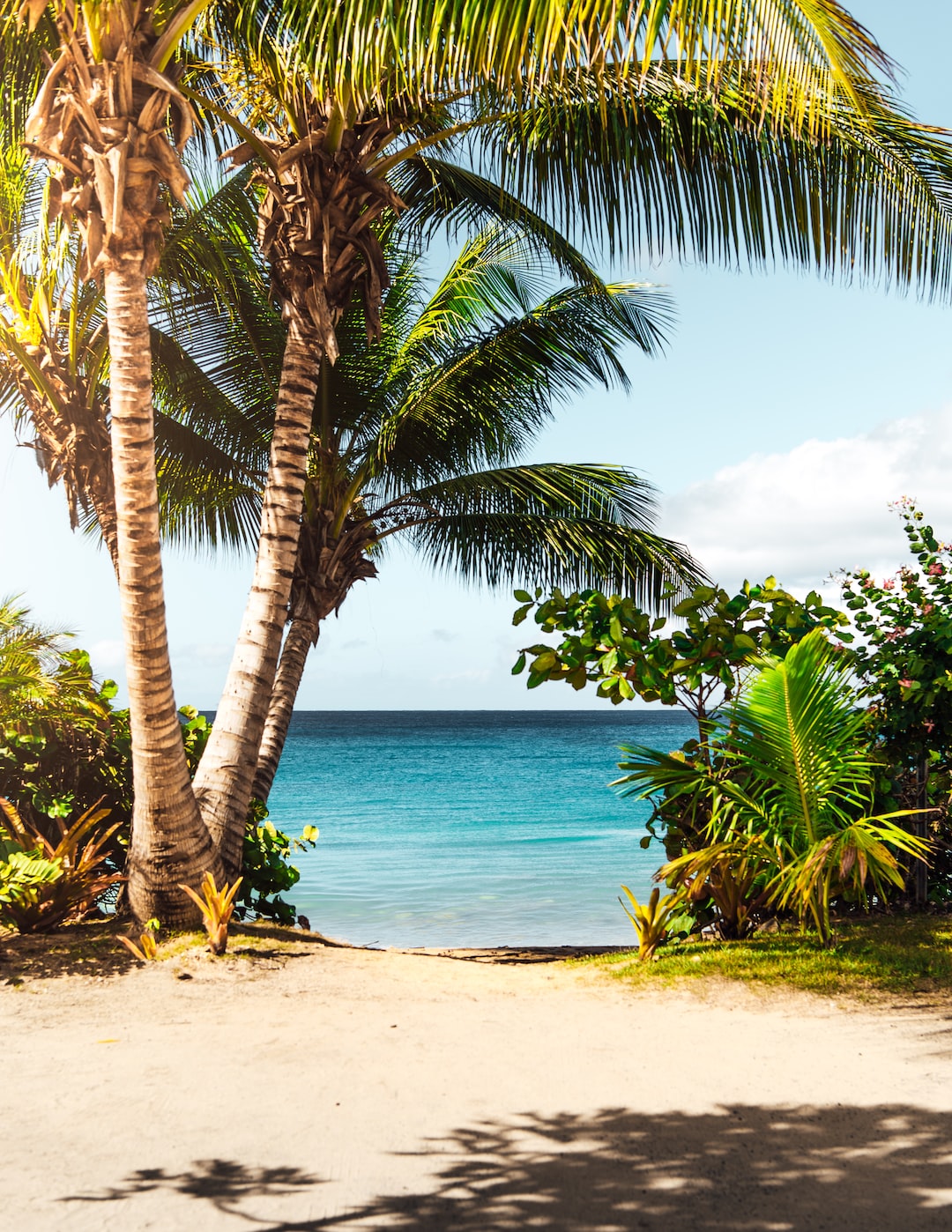
Werri Beach is a beautiful coastal town located in New South Wales, Australia. It’s known for its stunning beaches, clear blue sea, and relaxing coastal atmosphere.
What to see or do: Surfing – Werri Beach is a popular spot for surfing all year round. The waves here are known to be world-class, and there are plenty of surf schools and equipment rentals available.
Don’t miss: Werri Beach Rock Pool – It’s a natural rock pool that’s perfect for swimming in. It’s located adjacent to the beach and provides a haven for swimmers, even at high tide.
Insider travel tips: The best time to visit Werri Beach is during the summer months between December and February, when the weather is warm, and the water is perfect for swimming.
22. Port Macquarie Coastal Walk
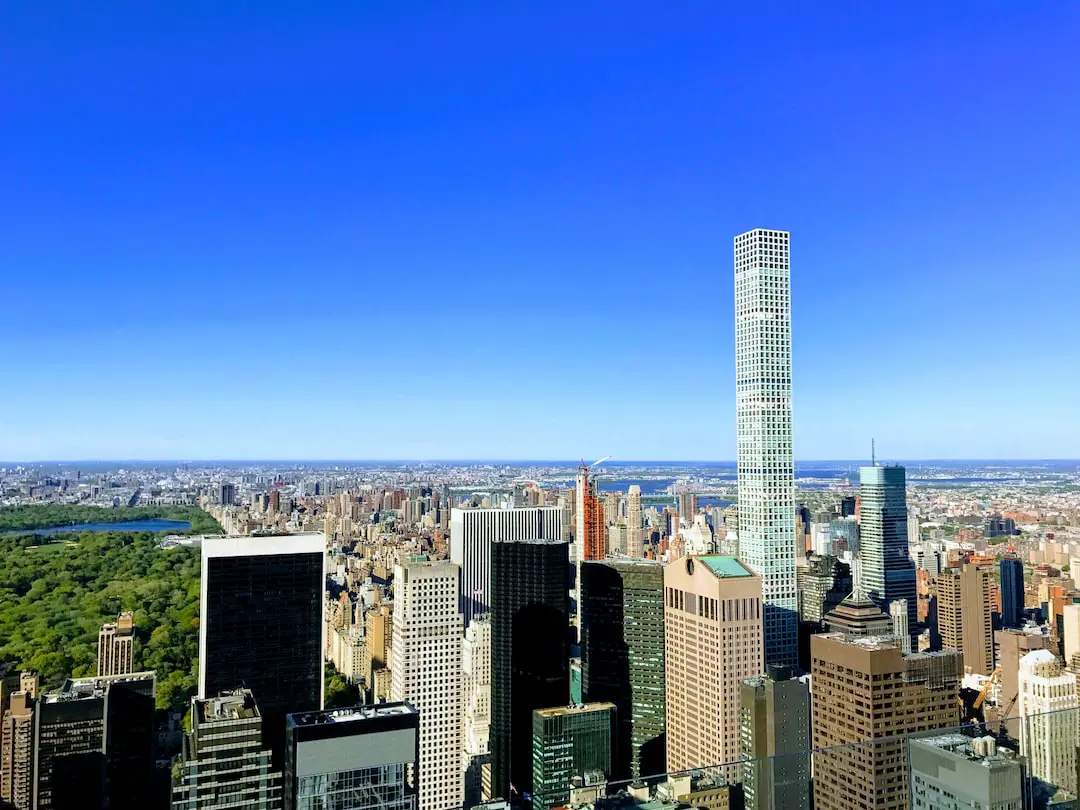
The Port Macquarie Coastal Walk is a beautiful 9-kilometer walking trail along the stunning coastline of Port Macquarie in New South Wales, Australia.
What to see or do: The walk offers breathtaking views of the ocean, rugged cliffs, pristine beaches, lush rainforests, and historic landmarks. You can enjoy swimming, surfing, and fishing at the beach or take up birdwatching at the nearby Tacking Point Lighthouse.
Don’t miss: Make sure to stop at the stunning Sea Acres Rainforest Centre & Cafe, which provides a remarkable nature experience. Here, you can witness the stunning rainforest flora and fauna and indulge in a delicious lunch with a sweeping view of the rainforest.
Insider travel tips: – Start the walk early in the morning to avoid the heat and catch the sunrise.
23. Nelson Bay
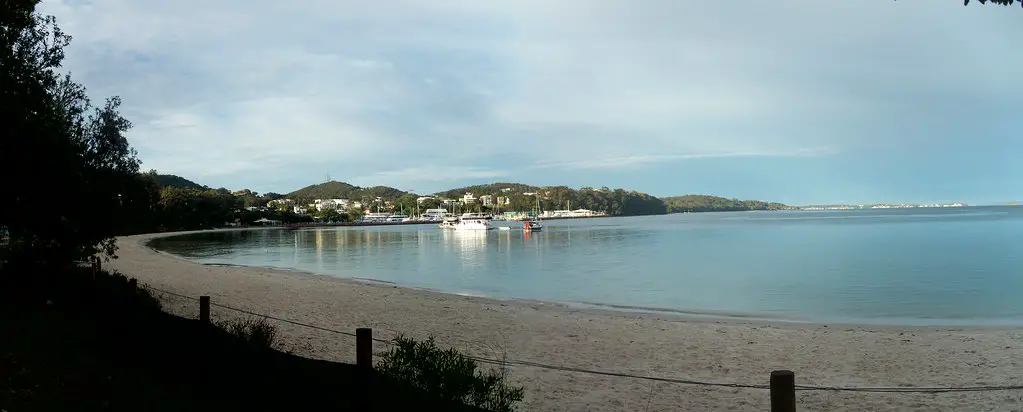
Nelson Bay is a coastal town located in the Port Stephens region of New South Wales, Australia.
What to see or do: – Enjoy the pristine beaches and stunning water views
Don’t miss: – The stunning sunset views from the Tomaree Head Summit
Insider travel tips: – Pack sunscreen and a hat as the sun can be strong in the summer months
24. Katoomba Falls
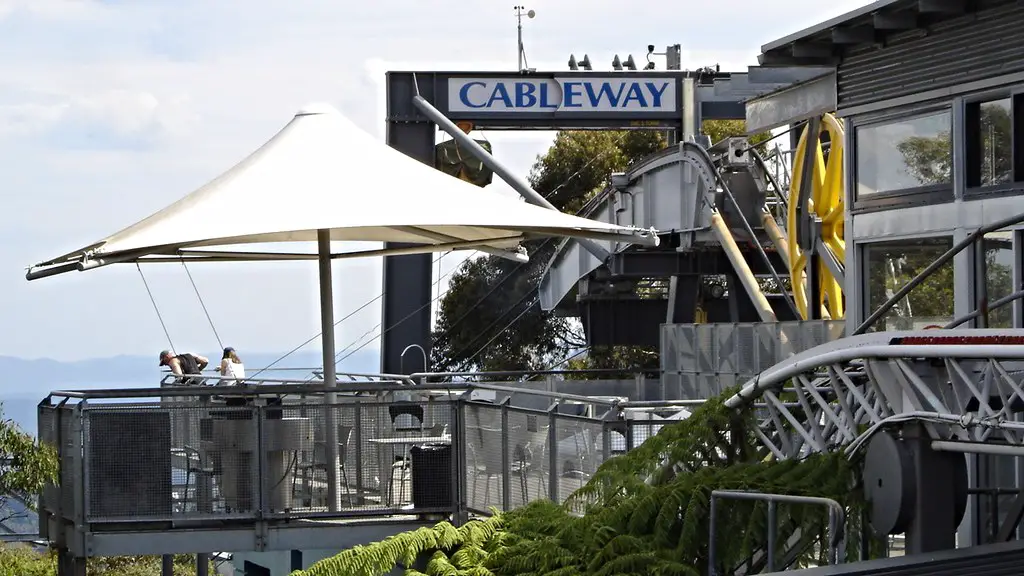
Katoomba Falls is a magnificent waterfall located in Katoomba, New South Wales, Australia. It is a popular tourist destination and a must-visit attraction in the Blue Mountains.
What to see or do: You can take a leisurely walk along the Katoomba Falls Round Walk to enjoy the stunning views of the waterfall and the surrounding Jamison Valley. The walk is about 1.5 kilometers long and has several lookout points from where you can take pictures and admire the scenery.
Don’t miss: Make sure to visit the Katoomba Cascades, which are a set of smaller waterfalls upstream from Katoomba Falls. They are equally beautiful and provide a unique perspective on the natural beauty of the region.
Insider travel tips: – The best time to visit Katoomba Falls is during the spring and autumn months when the weather is mild and the crowds are thinner.
25. Tacking Point Lighthouse

Tacking Point Lighthouse is a historic lighthouse located in Port Macquarie, New South Wales.
What to see or do: You can enjoy breathtaking 360-degree views of the coastline from the top of the lighthouse. Take a stroll along the coastal walking track and spot whales and dolphins frolicking in the waves. You can also visit the lighthouse museum to learn about its rich history.
Don’t miss: Make sure to visit at sunset for a picturesque view of the sunset over the ocean.
Insider travel tips: Bring sunscreen, water, and comfortable shoes for the walking track. Avoid visiting on a windy day as the lighthouse may be closed for safety reasons. Keep an eye out for wildlife, such as kangaroos, that may be nearby.
26. Cockatoo Island
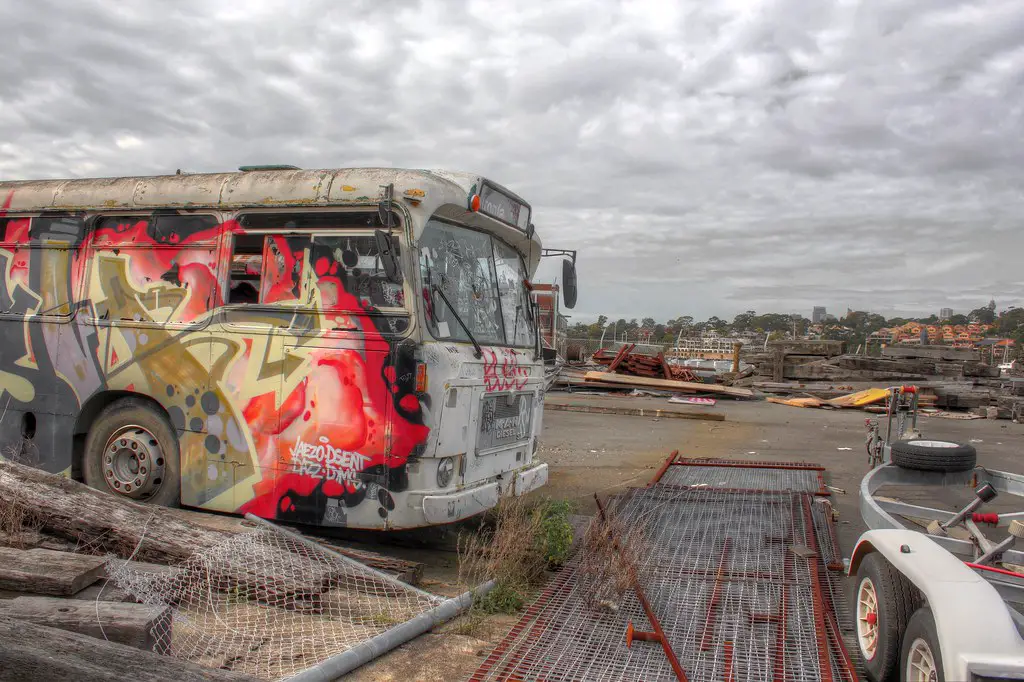
A UNESCO World Heritage-listed island located in the heart of Sydney Harbour.
What to see or do: – Explore the island’s rich history by visiting the convict precinct, industrial buildings, and shipbuilding sites.
Don’t miss: – The Industrial Past Tour that takes you through the island’s industrial buildings and shipyards.
Insider travel tips: – Bring your camping gear and spend a night or two on the island to fully appreciate its beauty and serenity.
27. Lake Conjola

Lake Conjola is a stunning estuary system that sits on the South Coast of New South Wales, Australia.
What to see or do: – Water activities such as fishing, swimming, kayaking, stand-up paddleboarding, and boating
Don’t miss: – The spectacular sunrise and sunset over the lake
Insider travel tips: – Book early for peak holiday periods as accommodation can fill up quickly
28. Mount Solitary

Mount Solitary is an isolated peak located in the Blue Mountains region of New South Wales, Australia.
What to see or do: Hiking is the most popular activity in Mount Solitary. The trail to the summit starts from the Katoomba scenic railway and takes you through lush forests, sandstone cliffs, and cascading waterfalls. The hike can take around 6-7 hours round trip, with breathtaking views of the surrounding mountains and valleys.
Don’t miss: Don’t miss the panoramic views of the Jamison Valley from the summit of Mount Solitary. If you’re up for a challenge, try camping overnight on the summit and watch the sunrise over the valley.
Insider travel tips: Be sure to bring plenty of water and snacks, as the trail can be quite challenging at times. Wear sturdy hiking shoes as the terrain can be rugged. The best time to hike Mount Solitary is during the cooler months, as the heat can be intense in summer.